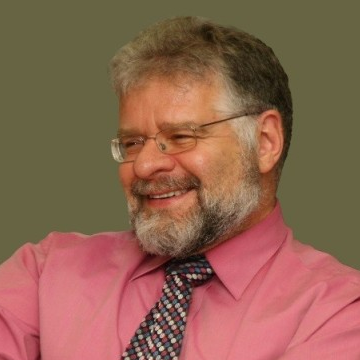10th Anniversary of Axioms: Geometry and Topology
A special issue of Axioms (ISSN 2075-1680). This special issue belongs to the section "Geometry and Topology".
Deadline for manuscript submissions: closed (30 November 2022) | Viewed by 6310
Special Issue Editor
2. Department of Mathematical and Physical Sciences, La Trobe University, Melbourne, VIC 3086, Australia
Interests: topological groups; especially locally compact groups; pro-Lie groups; topological algebra; topological vector spaces; Banach spaces; topology; group theory; functional analysis; universal algebra; transcendental number theory; numerical geometry; history of mathematics; information technology security; health informatics; international education; university education; online education; social media in the teaching of mathematics; stock market prediction; managing scholarly journals
Special Issues, Collections and Topics in MDPI journals
Special Issue Information
Dear Colleagues,
This year, Axioms is celebrating its 10th anniversary from the launch of its inaugural issue in 2012. We greatly appreciate the efforts and support of our authors, reviewers, readers and editors over the last ten years. To mark this significant milestone and commemorate the journal’s achievements throughout the years, we are organizing a Special Issue entitled "10th Anniversary of Axioms: Geometry and Topology”.
This Special Issue will present a collection of high-quality original research articles and surveys in the fields of geometry and topology. Articles considering significant open questions are encouraged. Of particular interest are contributions addressing topics including, but not limited to: algebraic geometry; analytic geometry; computational geometry; differential geometry; discrete geometry; symplectic geometry; hyperbolic geometry; finite geometry; geometric group theory; affine geometry; general topology; low-dimensional topology; algebraic topology; differential topology; geometric topology; topological groups; Lie groups; topological algebra; geometry of Banach spaces; and topological vector spaces. Papers detailing applications of topology and geometry to art, architecture, computer science, physics, astronomy, set theory, differential equations, and string theory are especially encouraged.
In this Special Issue on geometry and topology, we seek to address topics which fall into these diverse categories. Original articles reporting recent progress and survey articles are also sought. Authors are encouraged to contemplate interesting open questions.
Prof. Dr. Sidney A. Morris
Guest Editor
Manuscript Submission Information
Manuscripts should be submitted online at www.mdpi.com by registering and logging in to this website. Once you are registered, click here to go to the submission form. Manuscripts can be submitted until the deadline. All submissions that pass pre-check are peer-reviewed. Accepted papers will be published continuously in the journal (as soon as accepted) and will be listed together on the special issue website. Research articles, review articles as well as short communications are invited. For planned papers, a title and short abstract (about 100 words) can be sent to the Editorial Office for announcement on this website.
Submitted manuscripts should not have been published previously, nor be under consideration for publication elsewhere (except conference proceedings papers). All manuscripts are thoroughly refereed through a single-blind peer-review process. A guide for authors and other relevant information for submission of manuscripts is available on the Instructions for Authors page. Axioms is an international peer-reviewed open access monthly journal published by MDPI.
Please visit the Instructions for Authors page before submitting a manuscript. The Article Processing Charge (APC) for publication in this open access journal is 2400 CHF (Swiss Francs). Submitted papers should be well formatted and use good English. Authors may use MDPI's English editing service prior to publication or during author revisions.
Keywords
- topology
- algebraic topology
- differential topology
- topological groups
- lie group
- differential geometry
- algebraic geometry
- discrete geometry




